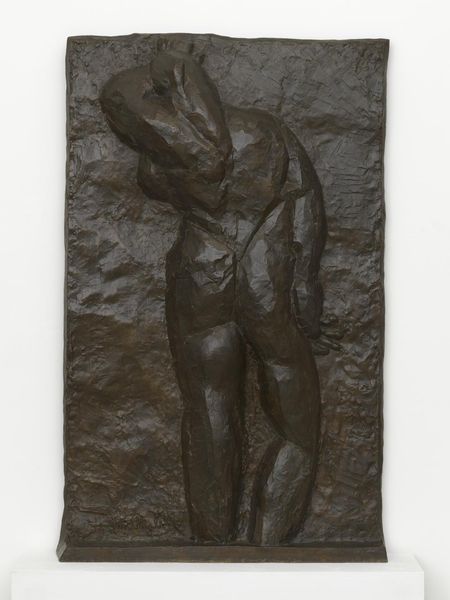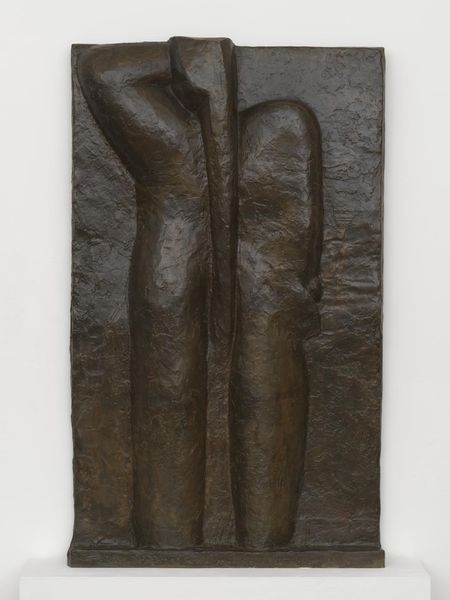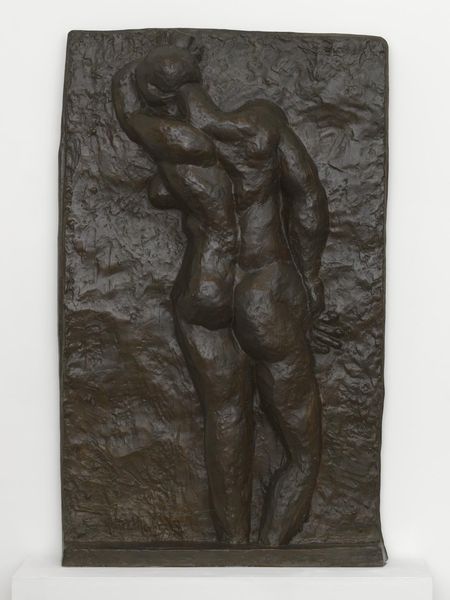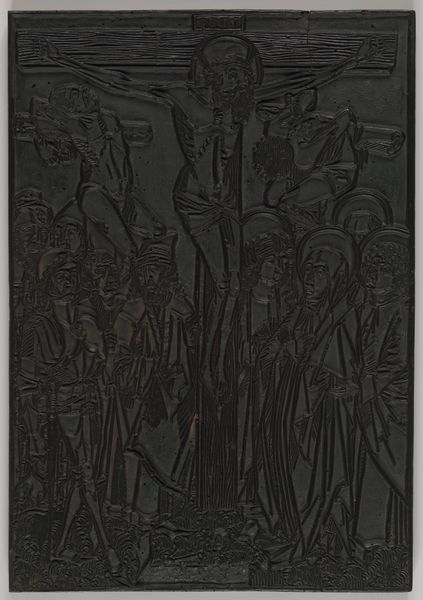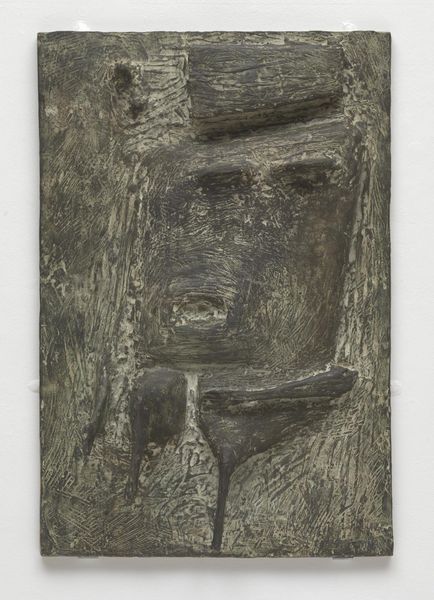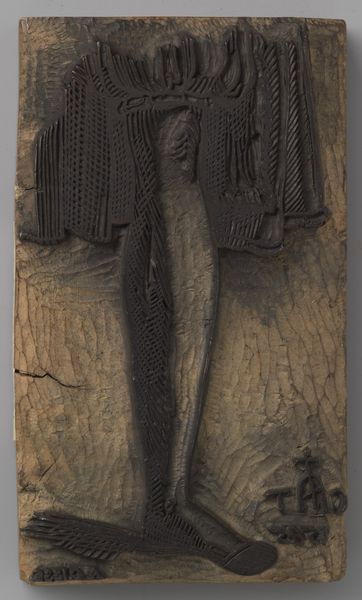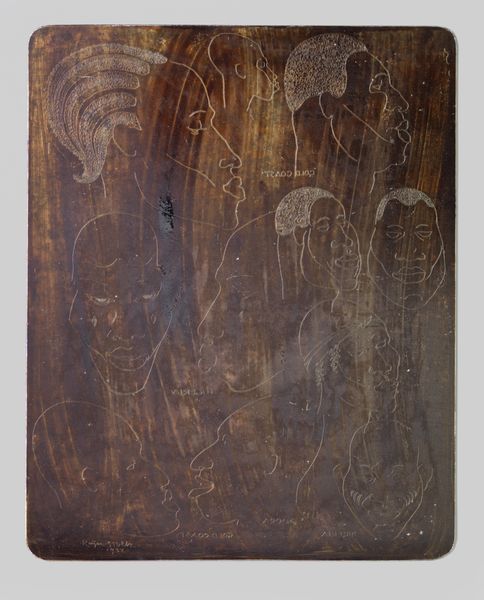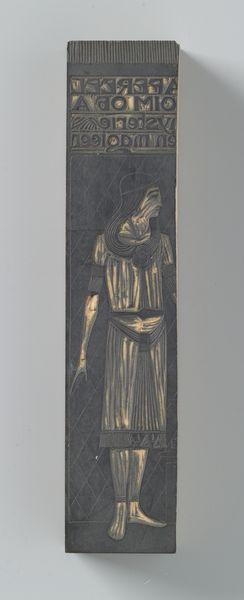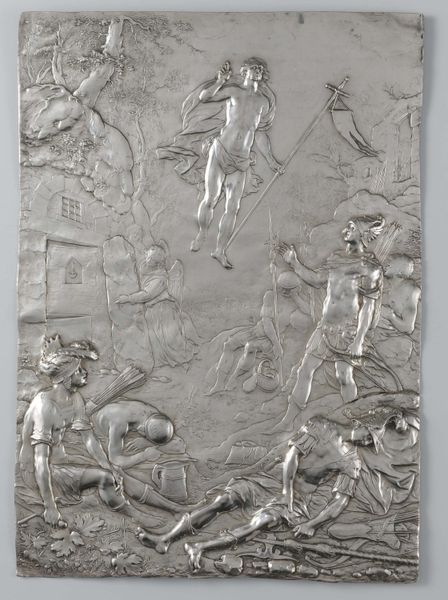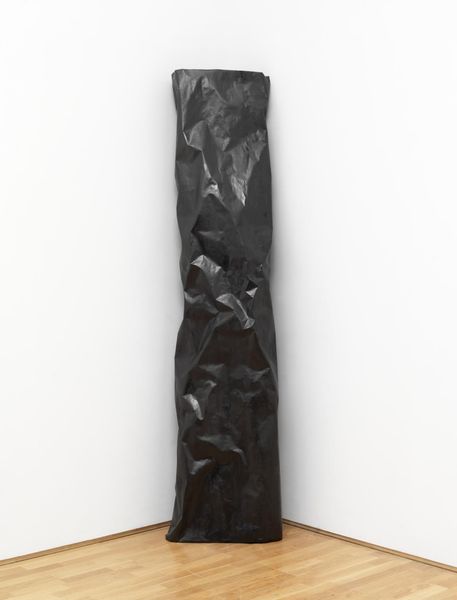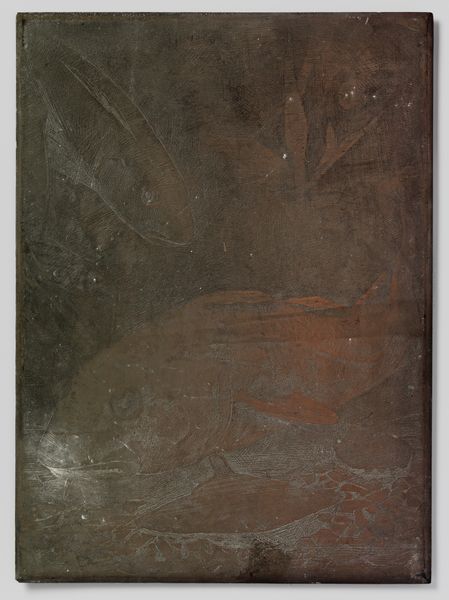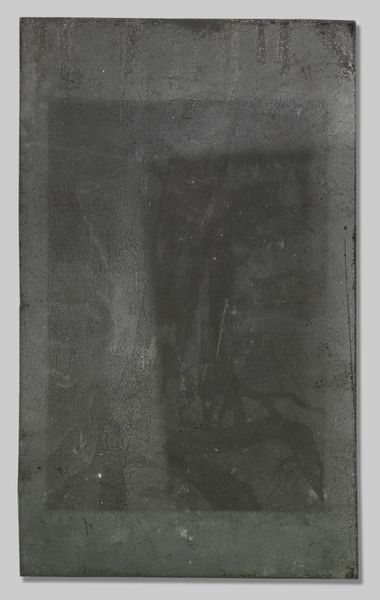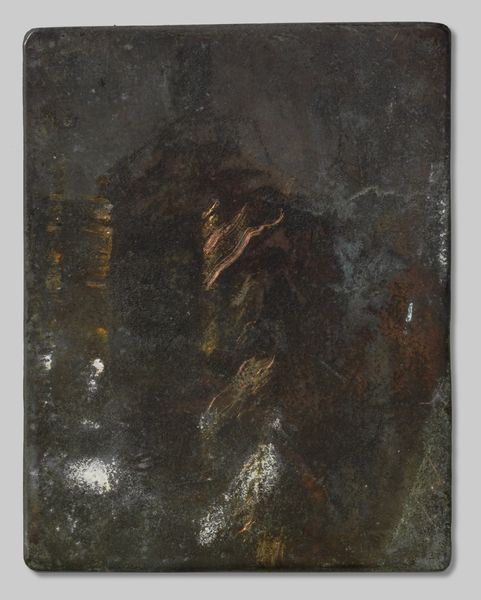
Dimensions: object: 1880 x 1130 x 171 mm
Copyright: © Succession Henri Matisse/DACS 2014 | CC-BY-NC-ND 4.0 DEED, Photo: Tate
Editor: So, this is Matisse's "Back III," a bronze relief sculpture. The texture is so rugged, almost violent, yet the figure itself seems calm. What do you make of the interplay between form and surface? Curator: Note how the artist articulates depth. The planes are compressed. Observe the tension between the figure's mass and the flatness of the background. How does the restricted palette influence your perception of form? Editor: It really emphasizes the sculptural aspect. I see how the texture creates shadows that define the figure. Curator: Precisely. It's a powerful demonstration of how formal elements can convey meaning. Editor: I now understand how the materiality amplifies the power of the subject.
Comments
Join the conversation
Join millions of artists and users on Artera today and experience the ultimate creative platform.
tate 6 months ago
⋮
The Backs were Matisse’s largest sculptures. Over twenty years he progressively refined the original pose, based on a woman leaning on a fence, until he achieved a massive simplicity. Matisse’s decision to show the back view of a woman on such a monumental scale was unorthodox. By concealing her face, he avoided the complexities of visual engagement between artist and model. This helped him to consider the nude as an arrangement of forms that he could simplify and stylise. In the final sculpture, the modelling of flesh has given way to the massing of androgynous bulk and the gently curved spine has been replaced by an abstracted plait. Although Back I had been exhibited in 1913, the series remained almost unknown until 1949–50 when the plaster Backs I, III and IV appeared in exhibitions in Paris and Lausanne. Back II was only rediscovered after Matisse’s death, while an even more naturalistic first version is now only known from a photograph. All were cast in bronze after his death. Gallery label, October 2016
